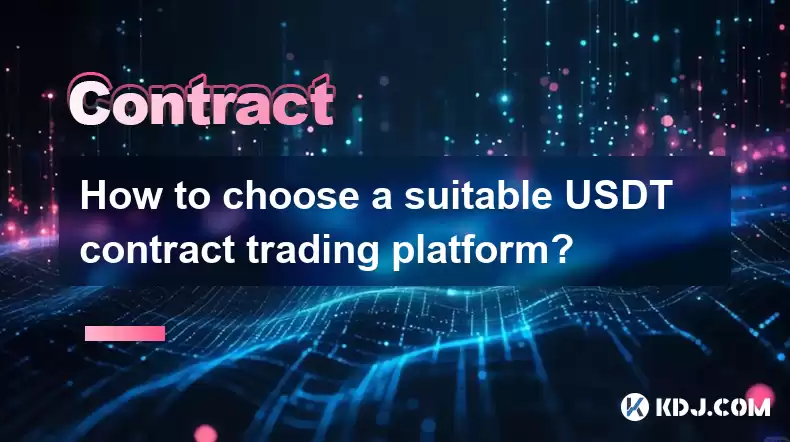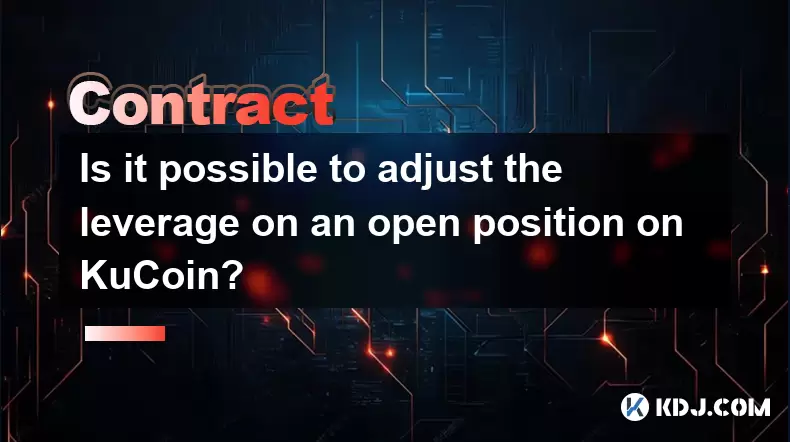-
 Bitcoin
Bitcoin $116400
-0.36% -
 Ethereum
Ethereum $4033
3.40% -
 XRP
XRP $3.302
-1.26% -
 Tether USDt
Tether USDt $1.000
-0.02% -
 BNB
BNB $796.1
1.67% -
 Solana
Solana $177.8
1.89% -
 USDC
USDC $0.9999
0.00% -
 Dogecoin
Dogecoin $0.2314
4.09% -
 TRON
TRON $0.3381
0.14% -
 Cardano
Cardano $0.7989
1.22% -
 Stellar
Stellar $0.4496
-1.84% -
 Chainlink
Chainlink $20.42
9.42% -
 Hyperliquid
Hyperliquid $41.17
0.88% -
 Sui
Sui $3.914
3.77% -
 Bitcoin Cash
Bitcoin Cash $584.7
1.52% -
 Hedera
Hedera $0.2632
-0.54% -
 Avalanche
Avalanche $24.09
3.40% -
 Ethena USDe
Ethena USDe $1.001
-0.02% -
 Litecoin
Litecoin $123.2
1.33% -
 Toncoin
Toncoin $3.318
-0.04% -
 UNUS SED LEO
UNUS SED LEO $8.984
-0.05% -
 Shiba Inu
Shiba Inu $0.00001323
2.85% -
 Uniswap
Uniswap $10.90
4.41% -
 Polkadot
Polkadot $3.999
3.34% -
 Dai
Dai $1.000
0.01% -
 Cronos
Cronos $0.1630
9.64% -
 Bitget Token
Bitget Token $4.484
0.82% -
 Monero
Monero $272.4
2.44% -
 Pepe
Pepe $0.00001173
6.03% -
 Aave
Aave $290.8
2.88%
How to choose a suitable USDT contract trading platform?
Choose a USDT contract trading platform prioritizing security, regulation, and high liquidity; compare fees, assess the trading interface and customer support, and carefully manage leverage to suit your risk tolerance.
Mar 12, 2025 at 07:16 am

Key Points:
- Security and Regulation: Prioritize platforms with a strong track record, robust security measures, and ideally, some form of regulatory oversight.
- Liquidity and Trading Volume: High liquidity ensures smooth order execution and minimizes slippage. Check trading volume to gauge market depth.
- Fees and Charges: Compare trading fees, deposit/withdrawal fees, and any other associated costs. Lower fees translate to higher profits.
- Trading Interface and Tools: A user-friendly interface with advanced charting tools, technical indicators, and order types is crucial for effective trading.
- Customer Support: Reliable and responsive customer support is essential, especially during critical moments or technical issues.
- Leverage and Margin Requirements: Understand the leverage offered and margin requirements to manage risk effectively. Choose a level of leverage suitable for your experience and risk tolerance.
How to Choose a Suitable USDT Contract Trading Platform?
Choosing the right USDT contract trading platform is crucial for success in this volatile market. Numerous platforms exist, each with its strengths and weaknesses. This guide helps you navigate the selection process.
Security and Regulation:
Security should be your top priority. Look for platforms with a proven history of security and minimal incidents of hacks or data breaches. Investigate whether the platform employs measures like cold storage for user funds, two-factor authentication, and other security protocols. While complete regulation is still evolving in the crypto space, preference should be given to platforms operating under some form of regulatory framework, even if it's limited. This adds a layer of accountability.
Liquidity and Trading Volume:
High liquidity is vital for smooth trading. A platform with high trading volume ensures that your orders are executed quickly at the best possible price. Low liquidity can lead to slippage – the difference between the expected price and the actual execution price. Check the platform's website or use third-party resources to verify its liquidity and trading volume.
Fees and Charges:
Trading fees significantly impact profitability. Compare the fees charged by different platforms for trading, deposits, and withdrawals. Some platforms charge maker/taker fees, while others may have flat fees. Hidden fees can also exist, so thoroughly review the fee schedule before committing to a platform. Even small differences in fees can accumulate over time, affecting your overall returns.
Trading Interface and Tools:
The trading interface should be intuitive and easy to navigate, even for beginners. Advanced traders will appreciate access to a comprehensive suite of charting tools, technical indicators, and various order types (limit orders, stop-loss orders, etc.). A cluttered or poorly designed interface can hinder your trading performance. Test the platform's demo account (if available) to get a feel for the interface before using real funds.
Customer Support:
Reliable and responsive customer support is invaluable. You might need assistance with account issues, technical problems, or simply have questions about the platform's functionalities. Look for platforms that offer multiple support channels (email, phone, live chat) and have a reputation for providing prompt and helpful assistance. Check online reviews to gauge the quality of their customer service.
Leverage and Margin Requirements:
USDT contract trading often involves leverage, which magnifies both profits and losses. Carefully consider the level of leverage offered by the platform and its margin requirements. Higher leverage amplifies potential gains but also increases the risk of significant losses. Choose a leverage level that aligns with your risk tolerance and trading experience. Beginners should start with lower leverage to minimize potential losses.
Reputation and Reviews:
Before signing up, research the platform's reputation. Read online reviews and forums to see what other users have to say about their experiences. Pay attention to feedback regarding security, customer service, and the overall trading experience. Negative reviews can highlight potential red flags, while positive reviews can indicate a reliable and trustworthy platform.
Withdrawal Process:
The ease and speed of withdrawing funds are important considerations. Investigate the platform's withdrawal policies, including processing times and any associated fees. A platform with a quick and straightforward withdrawal process is preferable to one with lengthy delays or complicated procedures. Check reviews to see if users have experienced any issues with withdrawals.
Available Cryptocurrencies:
While USDT is the focus, consider whether the platform supports other cryptocurrencies you might want to trade in the future. This can be beneficial for diversification and strategic trading opportunities. A platform offering a wider range of cryptocurrencies might be more appealing in the long run.
Educational Resources:
Many reputable platforms provide educational resources to help traders learn about contract trading and risk management. These resources can be valuable, especially for beginners. The availability of educational materials can significantly improve your trading knowledge and skills.
Frequently Asked Questions:
Q: What is the safest USDT contract trading platform? A: There's no single "safest" platform. Safety depends on a combination of factors, including security measures, regulatory compliance, and track record. Research platforms thoroughly before choosing one.
Q: How do I choose a platform with low fees? A: Compare the fee structures of different platforms. Look for transparent fee schedules and avoid platforms with hidden fees. Remember that even small differences in fees can accumulate over time.
Q: What is leverage in USDT contract trading? A: Leverage allows you to control a larger position with a smaller amount of capital. While it amplifies profits, it also significantly increases risk. Use leverage cautiously.
Q: How important is customer support? A: Excellent customer support is crucial. Problems can arise, and responsive support can help resolve issues quickly, minimizing potential losses.
Q: Are there any regulated USDT contract trading platforms? A: The regulatory landscape for crypto is evolving. Some platforms operate under certain regulatory frameworks, while others are largely unregulated. Check the platform's compliance with relevant regulations.
Disclaimer:info@kdj.com
The information provided is not trading advice. kdj.com does not assume any responsibility for any investments made based on the information provided in this article. Cryptocurrencies are highly volatile and it is highly recommended that you invest with caution after thorough research!
If you believe that the content used on this website infringes your copyright, please contact us immediately (info@kdj.com) and we will delete it promptly.
- Shiba Inu (SHIB) in the Crypto Landscape: Community, Trends, and Future Outlook
- 2025-08-09 20:30:12
- Lasers in Modern Warfare: Iron Beam and the Future of Defense
- 2025-08-09 20:30:12
- Maxi Doge Presale: The Meme Coin That's Pumping Iron and Prices!
- 2025-08-09 19:10:11
- Rare Coin Warning: Don't Get Fooled by That 1p Coin!
- 2025-08-09 18:50:12
- Cardano, Unilabs, and Tron Price: Decoding the Latest Crypto Buzz
- 2025-08-09 18:30:12
- Aerodrome Finance: Price Targets and the Bullish Channel - What's Next?
- 2025-08-09 18:50:12
Related knowledge

Is it possible to adjust the leverage on an open position on KuCoin?
Aug 09,2025 at 08:21pm
Understanding Leverage in KuCoin Futures TradingLeverage in KuCoin Futures allows traders to amplify their exposure to price movements by borrowing fu...

What is the difference between realized and unrealized PNL on KuCoin?
Aug 09,2025 at 01:49am
Understanding Realized and Unrealized PNL on KuCoinWhen trading on KuCoin, especially in futures and perpetual contracts, understanding the distinctio...

How does KuCoin Futures compare against Binance Futures in terms of features?
Aug 09,2025 at 03:22am
Trading Interface and User ExperienceThe trading interface is a critical component when comparing KuCoin Futures and Binance Futures, as it directly i...

How do funding fees on KuCoin Futures affect my overall profit?
Aug 09,2025 at 08:22am
Understanding Funding Fees on KuCoin FuturesFunding fees on KuCoin Futures are periodic payments exchanged between long and short position holders to ...

What is the distinction between mark price and last price on KuCoin?
Aug 08,2025 at 01:58pm
Understanding the Basics of Price in Cryptocurrency TradingIn cryptocurrency exchanges like KuCoin, two key price indicators frequently appear on trad...

What are the specific maker and taker fees on KuCoin Futures?
Aug 08,2025 at 08:28am
Understanding Maker and Taker Fees on KuCoin FuturesWhen trading on KuCoin Futures, users encounter two primary types of fees: maker fees and taker fe...

Is it possible to adjust the leverage on an open position on KuCoin?
Aug 09,2025 at 08:21pm
Understanding Leverage in KuCoin Futures TradingLeverage in KuCoin Futures allows traders to amplify their exposure to price movements by borrowing fu...

What is the difference between realized and unrealized PNL on KuCoin?
Aug 09,2025 at 01:49am
Understanding Realized and Unrealized PNL on KuCoinWhen trading on KuCoin, especially in futures and perpetual contracts, understanding the distinctio...

How does KuCoin Futures compare against Binance Futures in terms of features?
Aug 09,2025 at 03:22am
Trading Interface and User ExperienceThe trading interface is a critical component when comparing KuCoin Futures and Binance Futures, as it directly i...

How do funding fees on KuCoin Futures affect my overall profit?
Aug 09,2025 at 08:22am
Understanding Funding Fees on KuCoin FuturesFunding fees on KuCoin Futures are periodic payments exchanged between long and short position holders to ...

What is the distinction between mark price and last price on KuCoin?
Aug 08,2025 at 01:58pm
Understanding the Basics of Price in Cryptocurrency TradingIn cryptocurrency exchanges like KuCoin, two key price indicators frequently appear on trad...

What are the specific maker and taker fees on KuCoin Futures?
Aug 08,2025 at 08:28am
Understanding Maker and Taker Fees on KuCoin FuturesWhen trading on KuCoin Futures, users encounter two primary types of fees: maker fees and taker fe...
See all articles

























































































